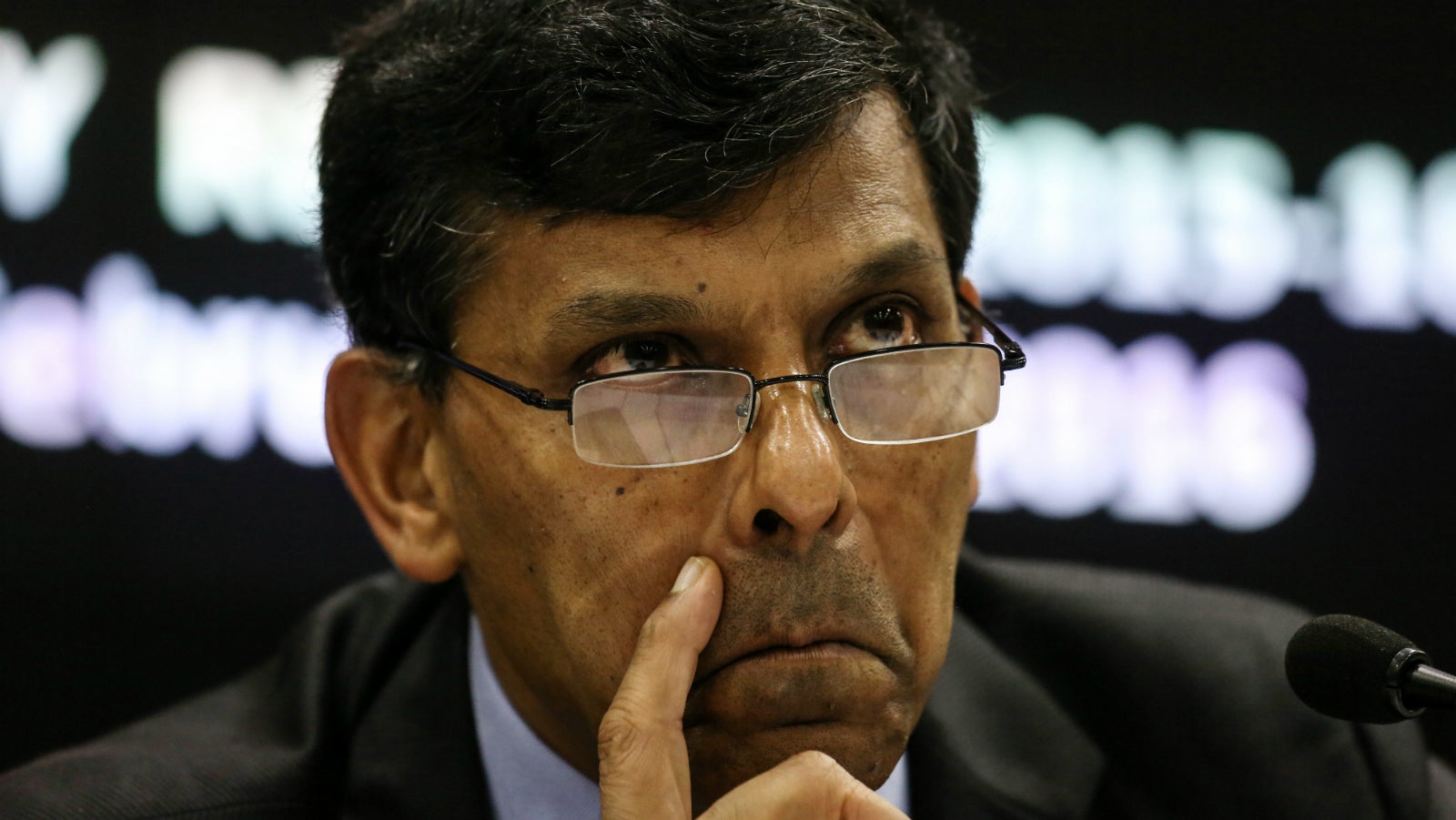India’s GDP numbers are so dodgy that even the central bank has doubts about them
The skepticism arrived soon after India’s Central Statistical Office (CSO) put out revised GDP numbers last January.


The skepticism arrived soon after India’s Central Statistical Office (CSO) put out revised GDP numbers last January.
India’s chief economic advisor, Arvind Subramanian, said he was puzzled and mystified by the revised estimates based on a new methodology, which instantly raised the country’s GDP growth from 4.7% to 6.9% for the 2013-14 fiscal year. Ruchir Sharma, head of emerging markets and global macro at Morgan Stanley Investment Management, called it a “bad joke.” And Raghuram Rajan, the governor of the Reserve Bank of India (RBI), said he didn’t want to talk about it until he understood the numbers better.
A whole year later, institutions like the RBI are so befuddled—and seemingly unconvinced—by India’s revised GDP numbers that they are looking at a range of other indicators to understand the true state of Asia’s third-largest economy.
“Like other economists, the RBI is now turning to hybrid models that mix elements of the old and new GDP methods to get a better feel for the underlying health of the economy,” Reuters reported on Feb. 5.
In particular, India’s central bank is tracking two-wheeler sales, car sales, rail freight, and consumer goods sales in rural areas “to get a better understanding of the ground realities,” an RBI official told Reuters. Quartz has emailed the RBI for comment, and will update if the bank replies.
The key contradiction is that even as prime minister Narendra Modi makes public declarations of India’s newfound status as the world’s fastest-growing major economy, key sectors such as manufacturing and agriculture are still stuck in a rut.
“The economy is recovering but it’s hard to be very definitive about the strength and breadth of the recovery for two reasons—economy is sending mixed signal and second there is some uncertainty how to interpret GDP data,” Subramanian explained late last year.
The CSO, however, is convinced of the fitness of its data. A former head of the organization argues that it’s actually economists who are looking at the wrong indicators. ”You have to understand that the new GDP data essentially captures efficiency,” Ashish Kumar told Reuters. “Comparing it with volume-based indicators would be a mistake.”
Nonetheless, the persisting confusion will be of little comfort to finance minister Arun Jaitley, who will present his third budget on Feb. 29. To believe, or not to believe, that is the question.